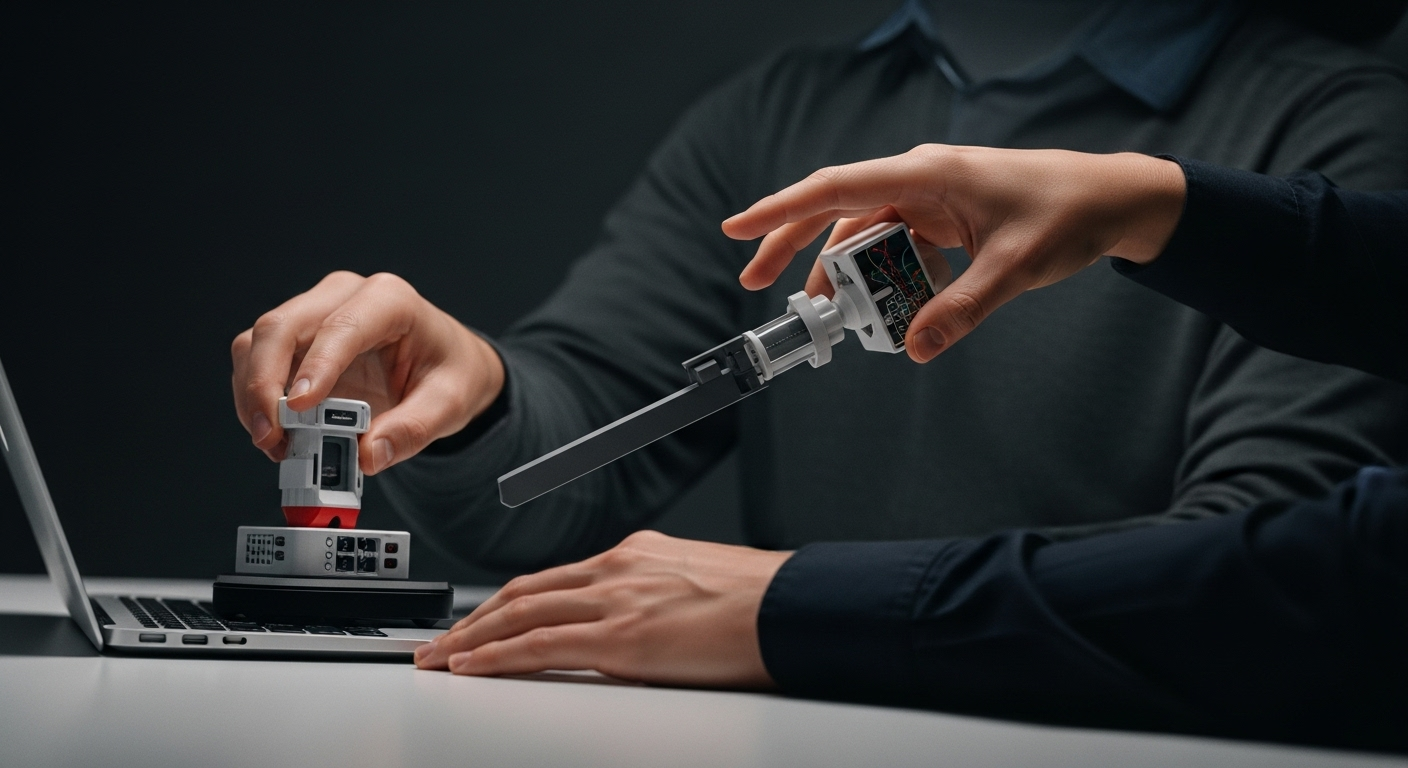Holographic Keyboards: Typing in Thin Air
In a world where technology continues to push boundaries, holographic keyboards are emerging as a futuristic solution that could revolutionize how we interact with our devices. These ethereal input methods project a virtual keyboard onto any flat surface, allowing users to type without physical keys. As we delve into this cutting-edge technology, we'll explore its potential to transform computing, its current limitations, and what the future might hold for typing in thin air.

This technology relies on precise calibration and advanced algorithms to interpret finger movements accurately. The projection system must account for various surfaces and lighting conditions, while the sensors need to differentiate between intentional keystrokes and accidental movements.
Current Implementations and Limitations
Several companies have already introduced holographic keyboard products to the market, with varying degrees of success. These devices typically connect to smartphones, tablets, or computers via Bluetooth, offering a portable and space-saving alternative to traditional keyboards.
However, current implementations face significant challenges. The lack of tactile feedback can make typing less accurate and slower for many users. Additionally, the projection quality can be affected by ambient light, limiting usability in certain environments. Battery life is another concern, as the constant projection and sensor activity can drain power quickly.
Potential Applications Beyond Traditional Computing
While holographic keyboards are primarily marketed for mobile devices and laptops, their potential extends far beyond conventional computing. In medical settings, they could provide a sterile input method, reducing the risk of contamination. For industrial applications, they offer a durable alternative to physical keyboards in harsh environments.
Virtual and augmented reality systems could also benefit from holographic keyboard technology, providing a more natural way to input text in immersive environments. As these technologies continue to evolve, holographic keyboards could become an integral part of our interaction with virtual spaces.
The User Experience: Adapting to a New Way of Typing
Transitioning from physical keys to a projected surface requires a significant adjustment for users. The absence of tactile feedback means typists must rely more heavily on visual cues and muscle memory. Some users report an initial decrease in typing speed and accuracy, followed by a gradual improvement as they become accustomed to the new interface.
To address these challenges, developers are exploring ways to enhance the user experience. Some prototypes incorporate haptic feedback through subtle vibrations or air pulses, while others experiment with adjustable projection sizes and layouts to accommodate different hand sizes and typing styles.
The Road Ahead: Innovations and Market Potential
As holographic keyboard technology matures, we can expect to see more refined and user-friendly implementations. Advancements in laser projection, sensor accuracy, and power efficiency will likely address many of the current limitations. Integration with AI could lead to predictive typing and personalized layouts that adapt to individual users’ habits.
The market potential for holographic keyboards is substantial, with some analysts projecting a compound annual growth rate of over 20% in the coming years. As prices decrease and performance improves, these devices could become a common sight in offices, homes, and public spaces.
Conclusion: A Glimpse into the Future of Input Devices
Holographic keyboards represent a fascinating convergence of optics, sensors, and computing power. While they may seem like science fiction come to life, they are steadily becoming a practical reality. As developers overcome current challenges and users adapt to this new paradigm, we may find ourselves regularly typing on beams of light sooner than we think.
The journey from physical keys to holographic projections is just beginning, but it offers a tantalizing glimpse into a future where our interactions with technology become increasingly seamless and adaptable. Whether holographic keyboards will ultimately replace their physical counterparts remains to be seen, but they undoubtedly represent an exciting step forward in the evolution of human-computer interaction.





